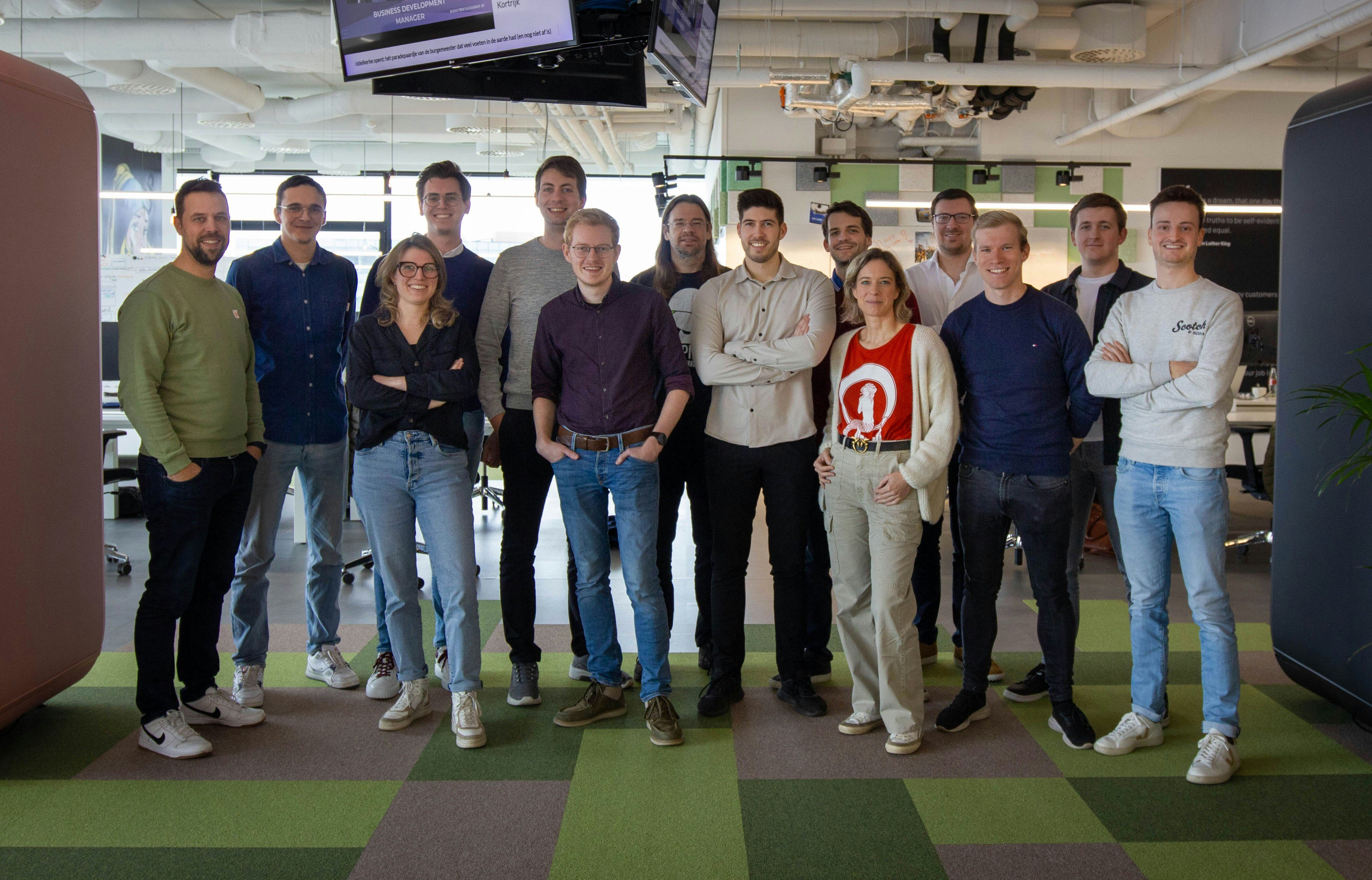

Cybersecurity is no longer optional—it’s a cornerstone of every organization’s operational resilience and compliance strategy. With the introduction of the EU's NIS2 directive, European organisations face a pressing need to meet rigorous security standards. While the EU's NIS2 directive sets clear standards for network and information security, translating its mandates into actionable steps can be a challenge—especially for businesses using cloud platforms like Microsoft Azure.
Fortunately, Azure offers a range of tools designed to simplify compliance and strengthen your security framework. In this post, we’ll explain how Azure can help you to align with NIS2, breaking down the process into manageable steps to help you secure your environment and stay compliant.
What is NIS2?
The EU’s NIS2 (Network and Information Security Directive 2) is a cybersecurity directive introduced by the European Union to enhance the resilience and security of critical infrastructure and essential services across member states. It replaces the original NIS Directive from 2015 and has been incorporated into the national laws of each EU member state since October 18th, 2024.
NIS2 standardizes cybersecurity practices for a wide range of sectors and organizations, from digital services, healthcare and energy, to transportation and public administration. Non-compliance can result in high fines and even reputational damage, so for affected organizations adherence is crucial.
Challenges of NIS2
NIS2 covers a broad range of cyber security objectives, including governance, risk management and incident response. With so many objectives, it can be a daunting task for organisations to translate them into actionable steps.
Are your infrastructure resources located in the public cloud Azure? Do you know Azure offers important tools in order to audit and ensure your environment is NIS2-compliant.
How to start the implementation of NIS2?
The first step for implementing NIS2 is to break the directive into smaller manageable controls. Once this has been done, the work of mapping the controls to the best technology and process can start.
In this blog, we will break down a specific set of controls and map them to a technology with a focus on Microsoft Azure and Microsoft Entra ID.
Microsoft Entra ID: identity and access management for NIS2 compliance
One of the core requirements of NIS2 is ensuring only authorised personnel have access to critical systems and data. With Microsoft Entra ID, you have a very robust set of identity and access management (IAM) tools.
Multi Factor Authentication
Multi Factor Authentication (MFA) has become the de facto standard security method. It requires a user to provide at least two verification factors to access the environment.
Conditional Access Policies
Conditional Access Policies are often overlooked because they seem optional, but they are essential for ensuring a secure environment. They define the conditions users must meet to access the environment. They may grant or deny access based on parameters such as:
- IP address (location)
- User Group Membership in Entra ID
- Device Posture and compliance
Just-in-Time Access
Additional safety measures such as Just-in-Time-Access, which grants specific rights for a limited time, should also be configured. As an administrator, you should maintain read-only access by default, using Just-In-Time-Access to temporarily elevate privileges during approved change windows.
Security Information and Event Management
All the safety measures in the world mean nothing if you don’t have an effective way to continuously monitor and respond accordingly. There are several SIEM (Security Information and Event Management) solutions available. You can adopt Microsoft Sentinel which has both hybrid and cloud native support.

Microsoft Sentinel
At ACA, we recommend closely monitoring your secure score in Microsoft Entra ID tenant. It provides a quick, clear overview of your compliance progress.
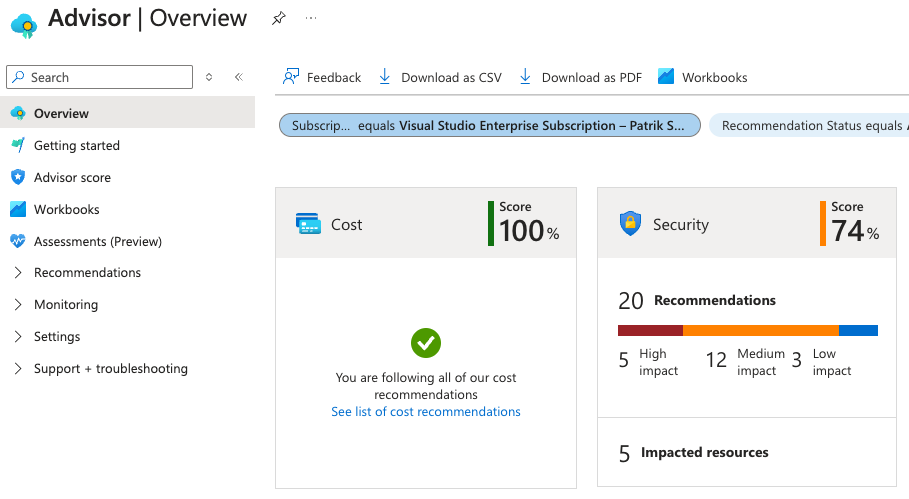
Azure tools for NIS2 compliance
The Azure platform provides many tools and technologies to help you with NIS2 compliance.
Microsoft Defender for Cloud
Microsoft Defender for Cloud is an excellent tool to provide real-time threat detection along with security recommendations for different Azure resources such as VM’s, SQL databases, storage and many more. This also includes monitoring for vulnerabilities, policy compliance and security misconfigurations.
Azure policy
Azure policy is the foundation for keeping your infrastructure compliant, establishing the foundations of your governance framework for your entire landing zone.
Before provisioning your first workloads in Azure, ensure your Azure policies are configured and compliant with the NIS2 directive.
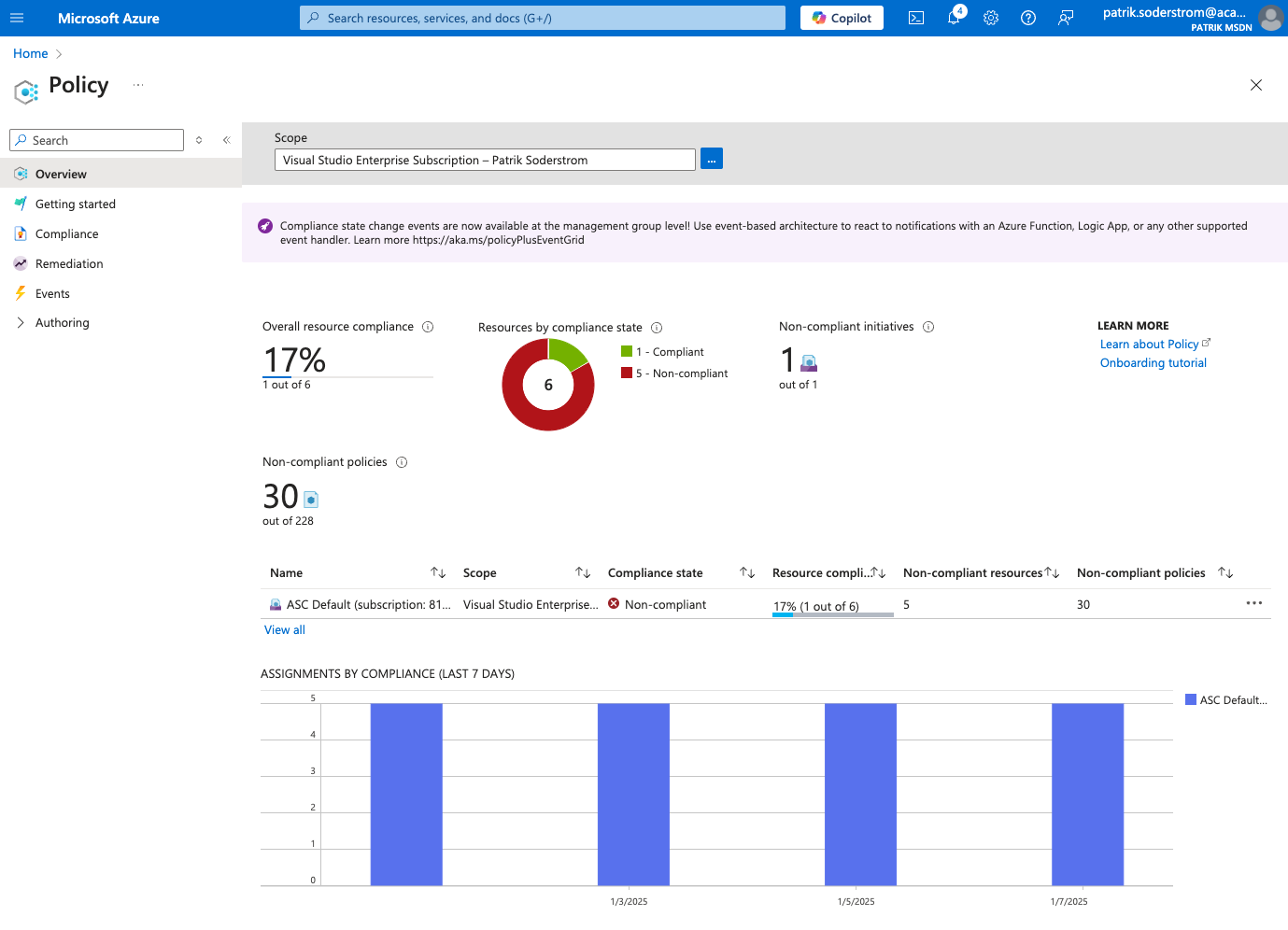
Do you already have workloads in Azure? It makes policy enforcement a little bit more complex, as they are often set up without strict enforcement. In such cases, the policies have to run in ‘audit’ mode. This is where any non-compliance is flagged but not enforced. This approach lets organizations review and assess the impact before fully enforcing policies.
How to manage response and recovery in NIS2?
NIS2 is not only about security, but also has a compliance section on “Response and Recovery”. This is where you can leverage Azure Backup, Azure Site Recovery and of course, Infrastructure as Code.
Focusing further on the actual data, we need to consider the different types of data confidentially. Encryption is key here as it ensures that your data is only accessible to authorized individuals and systems.
There are three main types of encryption available:
1. Data at Rest
When you store a file in an Azure Storage Account, this is encrypted using Service-side encryption (SSE) automatically. There are different types of encryption at Rest in Azure, depending on which service you use.
2. Data in Transit
When data is transmitted over the network there are different ways to encrypt it with the most common being Transport Layer Security (TLS). This is the primary method used when connecting to and interacting with Azure services.
3. Data in Use
Data used for processing, such as when stored in memory, can also be encrypted. This is oftentimes overlooked because it’s more complex and the implementation varies depending on which service you use. If you use virtual machines in Azure, there’s a whole area covering Confidential Computing. In case someone would try to read the memory of the host, it is encrypted and unreadable.
Struggling with NIS2 compliance?
The journey towards NIS2 compliance is exciting, but can also be complex. The technological aspects alone involve numerous controls across various public cloud technologies. However, achieving true compliance requires a balanced approach that integrates the technologies with robust processes and governance.
➡️ At ACA, we care deeply about security. Wherever you are in the NIS2 journey, you can count on us to guide you towards NIS2 compliance success.
Questions about NIS2 compliance?
What others have also read


In the complex world of modern software development, companies are faced with the challenge of seamlessly integrating diverse applications developed and managed by different teams. An invaluable asset in overcoming this challenge is the Service Mesh. In this blog article, we delve into Istio Service Mesh and explore why investing in a Service Mesh like Istio is a smart move." What is Service Mesh? A service mesh is a software layer responsible for all communication between applications, referred to as services in this context. It introduces new functionalities to manage the interaction between services, such as monitoring, logging, tracing, and traffic control. A service mesh operates independently of the code of each individual service, enabling it to operate across network boundaries and collaborate with various management systems. Thanks to a service mesh, developers can focus on building application features without worrying about the complexity of the underlying communication infrastructure. Istio Service Mesh in Practice Consider managing a large cluster that runs multiple applications developed and maintained by different teams, each with diverse dependencies like ElasticSearch or Kafka. Over time, this results in a complex ecosystem of applications and containers, overseen by various teams. The environment becomes so intricate that administrators find it increasingly difficult to maintain a clear overview. This leads to a series of pertinent questions: What is the architecture like? Which applications interact with each other? How is the traffic managed? Moreover, there are specific challenges that must be addressed for each individual application: Handling login processes Implementing robust security measures Managing network traffic directed towards the application ... A Service Mesh, such as Istio, offers a solution to these challenges. Istio acts as a proxy between the various applications (services) in the cluster, with each request passing through a component of Istio. How Does Istio Service Mesh Work? Istio introduces a sidecar proxy for each service in the microservices ecosystem. This sidecar proxy manages all incoming and outgoing traffic for the service. Additionally, Istio adds components that handle the incoming and outgoing traffic of the cluster. Istio's control plane enables you to define policies for traffic management, security, and monitoring, which are then applied to the added components. For a deeper understanding of Istio Service Mesh functionality, our blog article, "Installing Istio Service Mesh: A Comprehensive Step-by-Step Guide" , provides a detailed, step-by-step explanation of the installation and utilization of Istio. Why Istio Service Mesh? Traffic Management: Istio enables detailed traffic management, allowing developers to easily route, distribute, and control traffic between different versions of their services. Security: Istio provides a robust security layer with features such as traffic encryption using its own certificates, Role-Based Access Control (RBAC), and capabilities for implementing authentication and authorization policies. Observability: Through built-in instrumentation, Istio offers deep observability with tools for monitoring, logging, and distributed tracing. This allows IT teams to analyze the performance of services and quickly detect issues. Simplified Communication: Istio removes the complexity of service communication from application developers, allowing them to focus on building application features. Is Istio Suitable for Your Setup? While the benefits are clear, it is essential to consider whether the additional complexity of Istio aligns with your specific setup. Firstly, a sidecar container is required for each deployed service, potentially leading to undesired memory and CPU overhead. Additionally, your team may lack the specialized knowledge required for Istio. If you are considering the adoption of Istio Service Mesh, seek guidance from specialists with expertise. Feel free to ask our experts for assistance. More Information about Istio Istio Service Mesh is a technological game-changer for IT professionals aiming for advanced control, security, and observability in their microservices architecture. Istio simplifies and secures communication between services, allowing IT teams to focus on building reliable and scalable applications. Need quick answers to all your questions about Istio Service Mesh? Contact our experts
Read more

On December 7 and 8, 2023, several ACA members participated in CloudBrew 2023 , an inspiring two-day conference about Microsoft Azure. In the scenery of the former Lamot brewery, visitors had the opportunity to delve into the latest cloud developments and expand their network. With various tracks and fascinating speakers, CloudBrew offered a wealth of information. The intimate setting allowed participants to make direct contact with both local and international experts. In this article we would like to highlight some of the most inspiring talks from this two-day cloud gathering: Azure Architecture: Choosing wisely Rik Hepworth , Chief Consulting Officer at Black Marble and Microsoft Azure MVP/RD, used a customer example in which .NET developers were responsible for managing the Azure infrastructure. He engaged the audience in an interactive discussion to choose the best technologies. He further emphasized the importance of a balanced approach, combining new knowledge with existing solutions for effective management and development of the architecture. From closed platform to Landing Zone with Azure Policy David de Hoop , Special Agent at Team Rockstars IT, talked about the Azure Enterprise Scale Architecture, a template provided by Microsoft that supports companies in setting up a scalable, secure and manageable cloud infrastructure. The template provides guidance for designing a cloud infrastructure that is customizable to a business's needs. A critical aspect of this architecture is the landing zone, an environment that adheres to design principles and supports all application portfolios. It uses subscriptions to isolate and scale application and platform resources. Azure Policy provides a set of guidelines to open up Azure infrastructure to an enterprise without sacrificing security or management. This gives engineers more freedom in their Azure environment, while security features are automatically enforced at the tenant level and even application-specific settings. This provides a balanced approach to ensure both flexibility and security, without the need for separate tools or technologies. Belgium's biggest Azure mistakes I want you to learn from! During this session, Toon Vanhoutte , Azure Solution Architect and Microsoft Azure MVP, presented the most common errors and human mistakes, based on the experiences of more than 100 Azure engineers. Using valuable practical examples, he not only illustrated the errors themselves, but also offered clear solutions and preventive measures to avoid similar incidents in the future. His valuable insights helped both novice and experienced Azure engineers sharpen their knowledge and optimize their implementations. Protecting critical ICS SCADA infrastructure with Microsoft Defender This presentation by Microsoft MVP/RD, Maarten Goet , focused on the use of Microsoft Defender for ICS SCADA infrastructure in the energy sector. The speaker shared insights on the importance of cybersecurity in this critical sector, and illustrated this with a demo demonstrating the vulnerabilities of such systems. He emphasized the need for proactive security measures and highlighted Microsoft Defender as a powerful tool for protecting ICS SCADA systems. Using Azure Digital Twin in Manufacturing Steven De Lausnay , Specialist Lead Data Architecture and IoT Architect, introduced Azure Digital Twin as an advanced technology to create digital replicas of physical environments. By providing insight into the process behind Azure Digital Twin, he showed how organizations in production environments can leverage this technology. He emphasized the value of Azure Digital Twin for modeling, monitoring and optimizing complex systems. This technology can play a crucial role in improving operational efficiency and making data-driven decisions in various industrial applications. Turning Azure Platform recommendations into gold Magnus Mårtensson , CEO of Loftysoft and Microsoft Azure MVP/RD, had the honor of closing CloudBrew 2023 with a compelling summary of the highlights. With his entertaining presentation he offered valuable reflection on the various themes discussed during the event. It was a perfect ending to an extremely successful conference and gave every participant the desire to immediately put the insights gained into practice. We are already looking forward to CloudBrew 2024! 🚀
Read more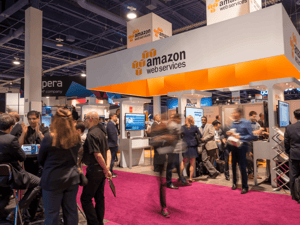
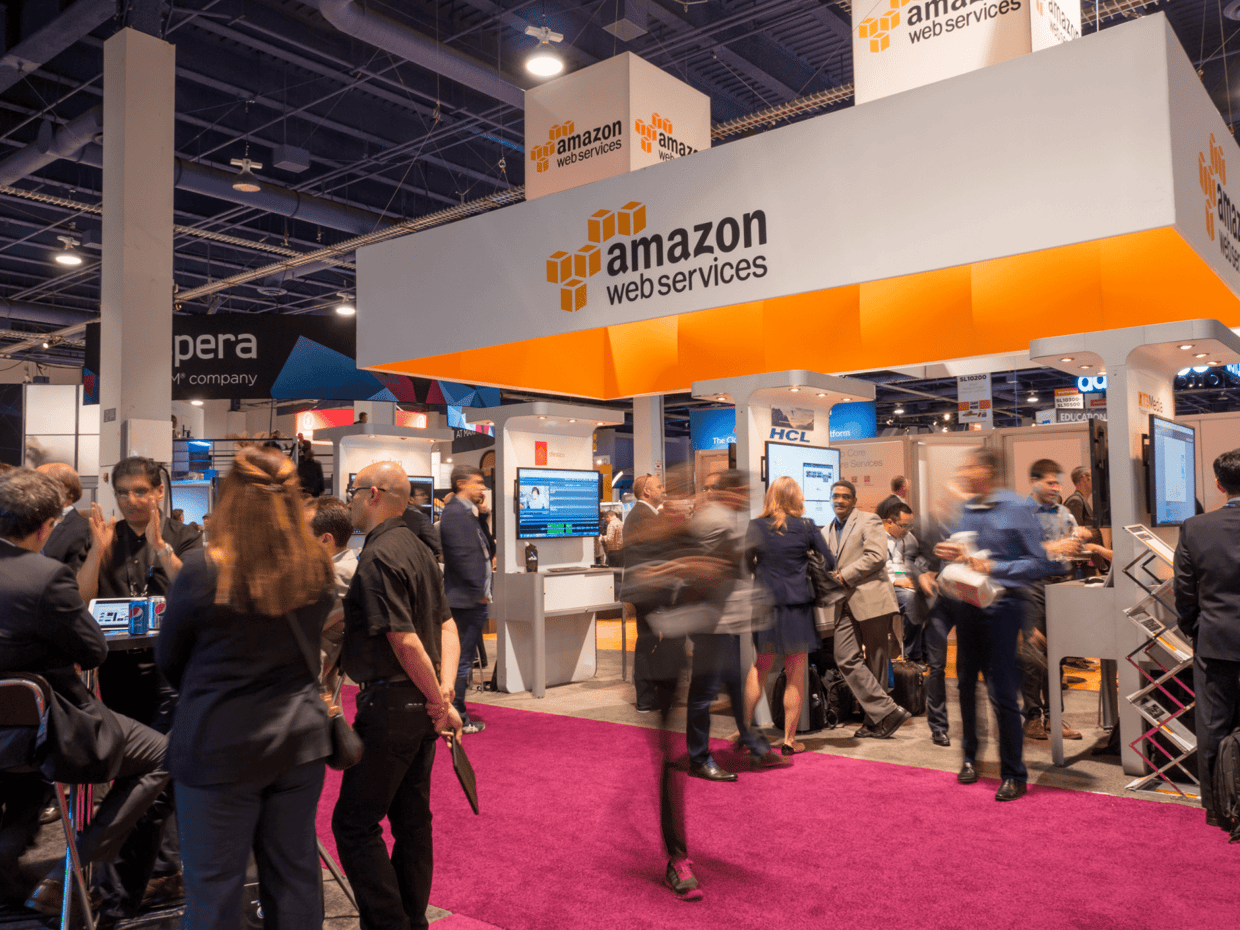
Like every year, Amazon held its AWS re:Invent 2021 in Las Vegas. While we weren’t able to attend in person due to the pandemic, as an AWS Partner we were eager to follow the digital event. Below is a quick rundown of our highlights of the event to give you a summary in case you missed it! AWS closer to home AWS will build 30 new ‘ Local Zones ’ in 2022, including one in our home base: Belgium. AWS Local Zones are a type of infrastructure deployment that places compute, storage, database, and other select AWS services close to large population and industry centers. The Belgian Local Zone should be operational by 2023. Additionally, the possibilities of AWS Outposts have increased . The most important change is that you can now run far more services on your own server delivered by AWS. Quick recap: AWS Outposts is a family of fully managed solutions delivering AWS infrastructure and services to virtually any on-premises or edge location for a consistent hybrid experience. Outposts was previously only available in a 42U Outposts rack configuration. From now on, AWS offers a variety of form factors, including 1U and 2U Outposts servers for when there’s less space available. We’re very tempted to get one for the office… AWS EKS Anywhere was previously announced, but is now a reality! With this service, it’s possible to set up a Kubernetes cluster on your own infrastructure or infrastructure from your favorite cloud provider, while still managing it through AWS EKS. All the benefits of freedom of choice combined with the unified overview and dashboard of AWS EKS. Who said you can’t have your cake and eat it too? Low-code to regain primary focus With Amplify Studio , AWS takes the next step in low-code development. Amplify Studio is a fully-fledged low-code generator platform that builds upon the existing Amplify framework. The platform allows users to build applications through drag and drop with the possibility of adding custom code wherever necessary. Definitely something we’ll be looking at on our next Ship-IT Day! Machine Learning going strong(er) Ever wanted to start with machine learning, but not quite ready to invest some of your hard-earned money? With SageMaker Studio Lab , AWS announced a free platform that lets users start exploring AI/ML tools without having to register for an AWS account or leave credit card details behind. You can try it yourself for free in your browser through Jupyter notebooks ! Additionally, AWS announced SageMaker Canvas : a visual, no-code machine learning capability for business analysts. This allows them to get started with ML without having extensive experience and get more insights in data. The third chapter in the SageMaker saga consists of SageMaker Ground Truth Plus . With this new service, you hire a team of experts to train and label your data, a traditionally very labor intensive process. According to Amazon, customers can expect to save up to 40% through SageMaker Ground Truth Plus. There were two more minor announcements: the AI ML Scholarschip Program , a free program for students to get to know ML tools, and Lex Automated Chatbot Designer , which lets you quickly develop a smart chatbot with advanced natural language processing support. Networking for everyone Tired of less than optimal reception or a slow connection? Why not build your own private 5G network? Yep: with AWS Private 5G , Amazon delivers the hardware, management and sim cards for you to set up your very own 5G network. Use cases (besides being fed up with your current cellular network) include warehouses or large sites (e.g. a football stadium) that require low latency, excellent coverage and a large bandwidth. The best part? Customers only pay for the end user’s usage of the network. Continuing the network theme, there’s now AWS Cloud WAN . This service allows users to build a managed WAN (Wide Area Network) to connect cloud and on-premise environments with a central management UI on a network components level as well as service level. Lastly, there’s also AWS Workspaces Web . Through this service, customers can grant employees safe access to internal website and SaaS applications. The big advantage here is that information critical to the company never leaves the environment and doesn’t leave any traces on workstations, thanks to a non-persistent web browser. Kubernetes anyone? No AWS event goes without mentioning Kubernetes, and AWS re:Invent 2021 is no different. Amazon announced two new services in the Kubernetes space: AWS Karpenter and AWS Marketplace for Containers Anywhere . With AWS Karpenter, managing autoscaling Kubernetes infrastructure becomes both simpler and less restrictive. It takes care of automatically starting compute when the load of an application changes. Interestingly, Karpenter is fully open-source, a trend which we’ll see more and more according to Amazon. AwS Marketplace for Containers Anywhere is primarily useful for customers who’ve already fully committed to container managed platforms. It allows users to search, subscribe and deploy 3rd party Kubernetes apps from the AWS Marketplace in any Kubernetes cluster, no matter the environment. IoT updates There have been numerous smaller updates to AWS’s IoT services, most notably to: GreenGrass SSM , which now allows you to securely manage your devices using AWS Systems Manager Amazon Monitron to predict when maintenance is required for rotating parts in machines AWS IoT TwinMaker , to simply make Digital Twins of real-world systems AWS IoT FleetWise , whichs helps users to collect vehicle data in the cloud in near-real time. Upping the serverless game In the serverless landscape, AWS announced serverless Redshift , EMR , MSK , and Kinesis . This enables to set up services while the right instance type is automatically linked. If the service is not in use, the instance automatically stops. This way, customers only pay for when a service is actually being used. This is particularly interesting for experimental services and integrations in environments which do not get used very often. Sustainability Just like ACA Group’s commitment to sustainability , AWS is serious about their ambition towards net-zero carbon by 2040. They’ve developed the AWS Customer Carbon Footprint tool, which lets users calculate carbon emissions through their website . Other announcements included AWS Mainframe Modernization , a collection of tools and guides to take over existing mainframes with AWS, and AWS Well-Architected Framework , a set of design principles, guidelines, best practices and improvements to validate sustainability goals and create reports. We can't wait to start experimenting with all the new additions and improvements announced at AWS re:Invent 2021. Thanks for reading! Discover our cloud hosting services
Read moreWant to dive deeper into this topic?
Get in touch with our experts today. They are happy to help!

Want to dive deeper into this topic?
Get in touch with our experts today. They are happy to help!

Want to dive deeper into this topic?
Get in touch with our experts today. They are happy to help!

Want to dive deeper into this topic?
Get in touch with our experts today. They are happy to help!


